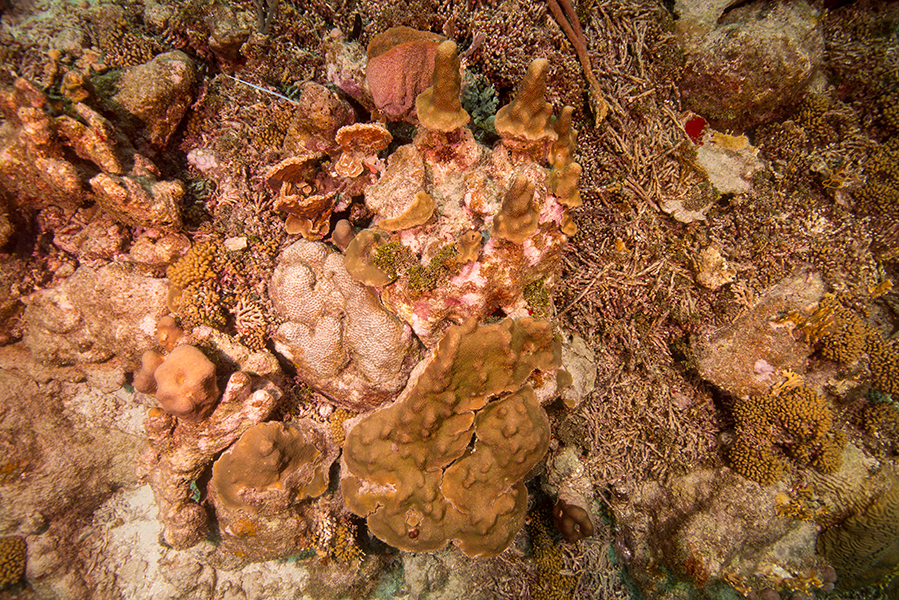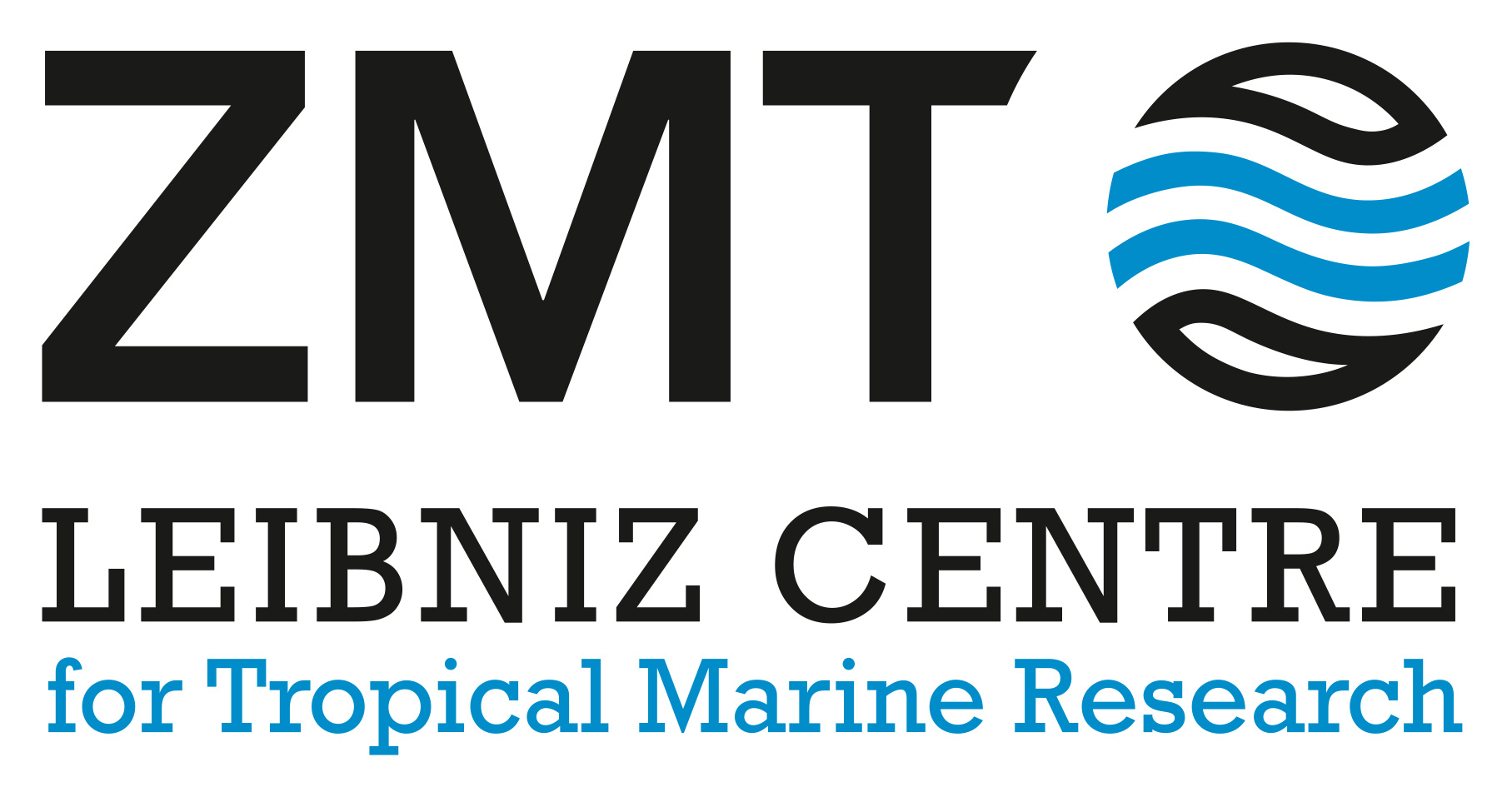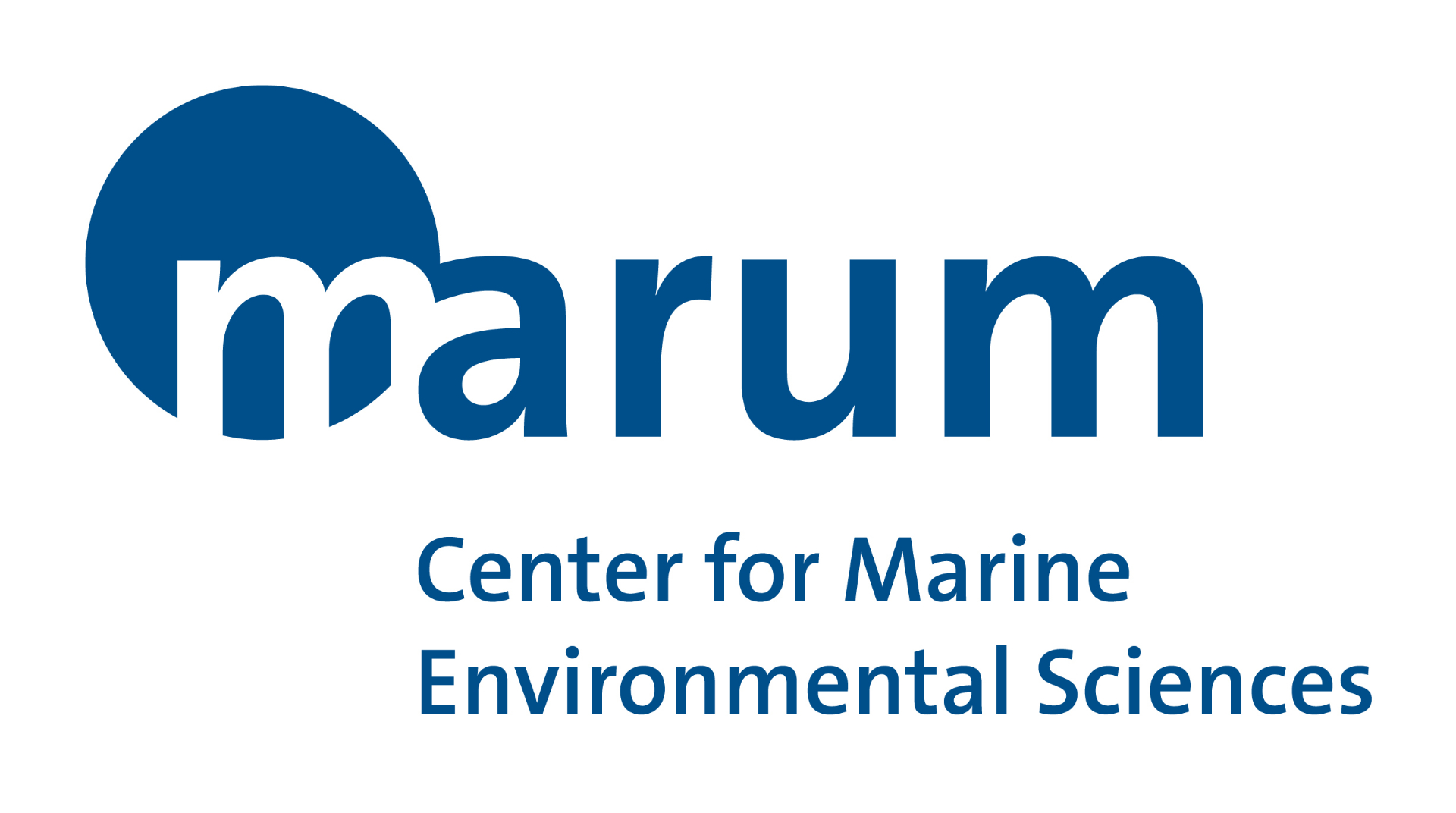Caribbean coral reefs, between resilience and warmer climates
Coral reefs are one of the most valuable ecosystems on our planet. It is estimated that their global net value is 2.7 trillion US dollars, as they provide benefits such as coastal protection and food resources to an estimated 1 billion people. Despite this immense value, we are witnessing a rapid, anthropogenically induced decline of coral reefs worldwide. It is estimated that human impacts and climate change together threaten approximately 75% of the world's coral reefs. We are at risk of losing the ecosystem services that coral reefs provide within the next 2 to 3 generations. An immediate scientific and conservation challenge is the facilitation of natural reef resilience in the face of global change. At the same time, relic reefs from ancient warmer periods of the Earth’s history are one of the best tools to understand past changes and frame possible future climate trajectories.
Back in 2013, the NIOZ-MARUM Tandem Cooperation was initiated with the aim of joining forces to understand the consequences of climate change and human impacts on the world oceans and coasts. Since then, Paolo Stocchi (NIOZ) and Alessio Rovere (MARUM) have started to use fossil corals to quantify tides and sea-level changes deep in the past. Using fossil reefs in the Caribbean and elsewhere as an analogue for a future warmer world, they understood that there is a growing need to model the dynamic interactions between coral reef organisms and ocean hydrodynamics (waves and tides). However, this requires the knowledge of micro-scale processes acting on much shorter time-scales than the usually long-term ones associated with climate changes. Paolo and Alessio quickly understood that their expertise alone was not enough to work on these problems.
The presence at NIOZ of Fleur Van Duyl and the arrival of Andi Haas (formerly at San Diego State and Scripps, USA) brings the necessary "know-how" of experimental and theoretical approaches to turn early ideas into a novel research effort. The partnership with a researcher expert on gathering data on coral reefs with drones, Elisa Casella of the Leibniz Centre for Tropical Marine Research (ZMT), will also allow them to map selected coral reefs in Curacao with an unprecedented perspective and level of detail. The team is completed by Ciro Cerrone, a PhD student at the University of Napoli, currently working on a DAAD visiting grant at MARUM, who is expert on paleo sea level changes
Understanding reef resilience
Curacao presents unique characteristics that make it the “one in a thousand” destination for the research team. First and foremost, the team will take advantage of unprecedented efforts by NIOZ scientists, who have created the longest available time series on coral reef benthic cover along the reefs Curacao and Bonaire. This time series, consisting of 24 permanent benthic photo quadrants has been documenting community dynamics across different water depths since 1973. A drastic decline in coral cover from 70 per cent to less than 10 per cent was recorded from 1973 until 2010. However, despite the devastating reports from many other coral reef locations around the world within the last decade, these Caribbean reefs showed a slight recovery from 2010 until now without tangible alleviations of the overall anthropogenic pressure they were subjected to. What are the underlying mechanisms of this resilience? Paolo, Andy, Fleur and Elisa will use drones, bathymetric surveys and different types of sensors to answer this question.
Second, Curacao has preserved fossil reefs from at least two past warm periods of the Earth’s history, when sea level was higher than today and the West Antarctic Ice Sheet was likely partially collapsed. Part of the research team will investigate these reefs to understand how they relate to their modern counterparts, in terms of both community and structure. How were the fossil reefs surviving in a warmer climate? Is it possible to understand past reef resilience by comparing data on the fossil reefs to their modern counterparts? How high was sea level during these past warm periods? To answer these questions, the geologists Alessio Rovere and Ciro Cerrone will survey the fossil reefs with the aim of characterising their composition, they will map their 3D extent with a drone and will establish their elevation with a highly accurate GPS system.

Methods and expected outcomes
The research team will use the Curacao expedition to test a series of affordable, portable and easy-to-deploy mapping systems. For example, Paolo will use a Stand Up Paddleboard connected to a fishfinder, a GPS and a GoPro camera to map shallow water reefs. Elisa will employ a portable and inexpensive drone (that was registered at the Curacao Civil Aviation Authority) to gather high-resolution 3D imagery of both modern and fossil reefs. The team hopes that this will be the first step towards setting up citizen science initiatives in Curacao, in order to foster the collection of an ever-growing base of highly needed data. Using cheap and portable modern technology to gather useful data at high spatial and temporal scales may prove transformative in understanding the many processes dictating the functioning, and the resilience of reefs.
The 2019 NIOZ-MARUM Expedition to the Curacao coral reefs was born out of the shared scientific interests of multiple PIs from different Oceanographic institutions, who joined both funds and expertise to start this collaboration:
- Paolo Stocchi (NIOZ, Royal Netherlands Institute for Sea Research) is a geophysicist whose expertise is in the numerical modelling of physical oceanographic processes.
- Alessio Rovere (MARUM – Center for Marine Environmental Sciences at the University of Bremen) is a marine geoscientist interested in reconstructing past sea-level fluctuations during warmer periods.
- Elisa Casella (ZMT, Bremen) is an environmental engineer specialized in using UAV platforms applied to the study of coastal environment and coastal changes
- Andi Haas (NIOZ, Royal Netherlands Institute for Sea Reseach ) is a marine biologist with a strong background in coral reefs biogeochemistry and ecology.
- Fleur van Duyl (NIOZ, Royal Netherlands Institute for Sea Reseach) is a marine ecologists with close to unmatched knowledge on the ecosystem functioning of Caribbean reefs.
- Ciro Cerrone (DAAD Visiting PhD Student, MARUM) is a geologist working on paleo sea level changes.

